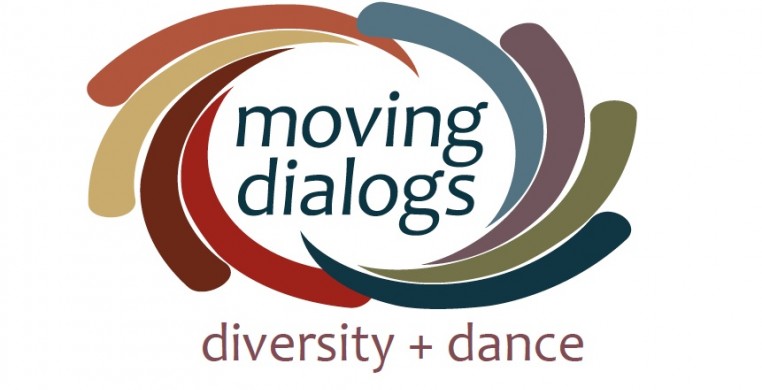Intentional, interactive conversations across cultural boundaries do not happen often enough in the United States. Despite diverse venues in which multicultural encounters abound – especially the work place and sports – discussions about the social fabric, with respect to historic attitudes and perceptions that have shaped the U.S. society, are rare. Especially during a time when some U.S. citizens assert that racism is dead and the country’s demographic is rapidly shifting, the need for dialogue that interrogates difference is timely. As such, the underlying tensions created and sustained by racial, classist, gendered and ethnocentric ideas that limit acknowledgement, understanding, respect, and appreciation of diverse cultural groundings, remain a pervasive and, might I say, divisive social constructs that undermine real peace. Moreover, like the elephant in a room that everybody ignores, ethnic tensions and ethnocentrism, exacerbated by denial, structural racism, class and gender bias, will not disappear with silence and immobility. On Monday night, April 8th, the designers of Audience Architects, namely curator, Baraka de Soleil, shaped a program to remedy a longstanding and sizable crack or rift in the U.S. social landscape.
The evening’s activities focused on how the body communicates and envelops diverse perspectives. In fact, culture is imprinted on sundry bodies. Culture is embedded in the body. With this as its premise, the Moving Dialogs’ One World event took flight. Sparked by performances from diverse, neighborhood, art groups, conversations between audience members and performers engaged eclectic ways of thinking about moving bodies, the comments these bodies provoke or solicit and how assumptions based on skin color may influence one’s ability to actually see what goes on, on the stage.
The following companies and artists presented work on Monday evening: Natya Dance Theatre, Drew Coleman Dance Company, Carol Alvarado Castillo, Vershawn Sanders Red Clay Dance, Cerqua Rivera Dance Theatre, Ayodele Drum & Dance and Chicago Dance Crash. After each short performance, audience members engaged in discussion led by three facilitators including me.
Some of the questions pondered included the following: Does the color of the dancer inhibit or enhance reception of the work? Does contemporary music, like hip-hop, rap, Jazz and/or rhythm and blues, lead to particular – in a word, stereotypical – interpretations of performance caliber? Do rhythm, speed and beat have a particular influence on the audience? If rhythms and speeds were changed, would dances and dancers from diverse ethnicities be perceived and received differently? Do particularly inviting rhythms cause audiences to discount the technical facility of the dancers? Are white bodies privileged over black and brown bodies? If so, how does this privilege occur?
In addition to the aforementioned questions, on another level, one might ask: Are audiences ever truly prepared to engage and/or accept bodies that deviate from assumptions that one makes about what is unfamiliar, new to or different from one’s own norms? Can authenticity be felt in the context of movement, particularly, if the displayed culture is unfamiliar? I believe that cross-cultural learning can happen in the throes of performance. Similarly, that which is authentic can be felt. Of course, not everyone has the capacity to engage truth. That, indeed, depends upon one’s orientation, knowledge and willingness to engage, to accept and to be non-judgmental.
Suspending judgment during the throes of performance may be a key strategy to the exploration of something new, different and unfamiliar. At the same time, suspension of judgment can also be a useful tool to re-assess, re-evaluate and rekindle interest. In short, finding a new perspective, a new angle, a new lens through which to view the action, the work, the set, the dance, the dancers, and the performance, may reinvigorate the viewer.
We wrestled with these questions and thoughts last Monday evening. Although no pat conclusions or easy solutions were broached, the conversations revealed that each participant had and has much to learn from each other. Ongoing conversations are a critical component of not only understanding diverse cultural locations, but also creating a One World family. Let the conversation continue! Please share your perspective.
Another Beginning
–Dr. C. S’thembile West
![]()
